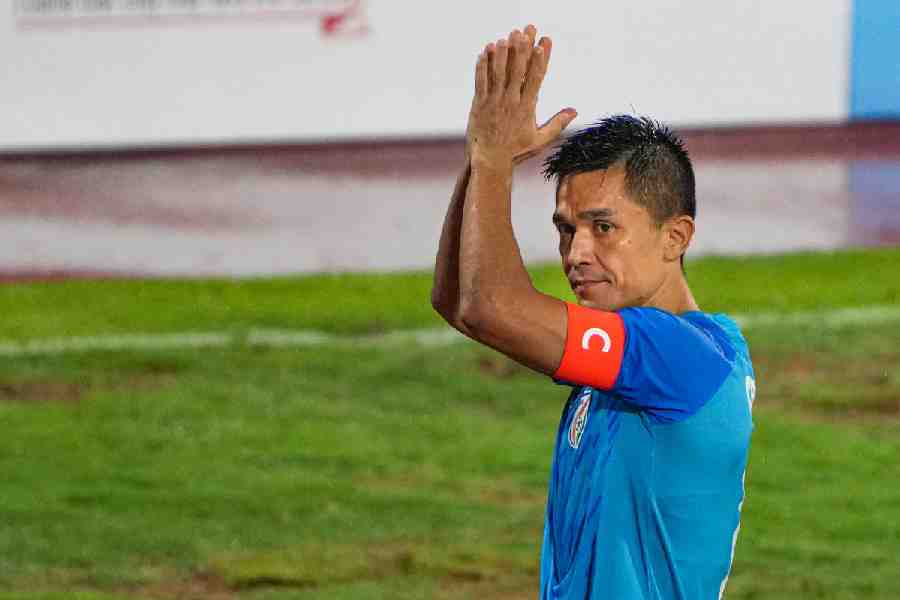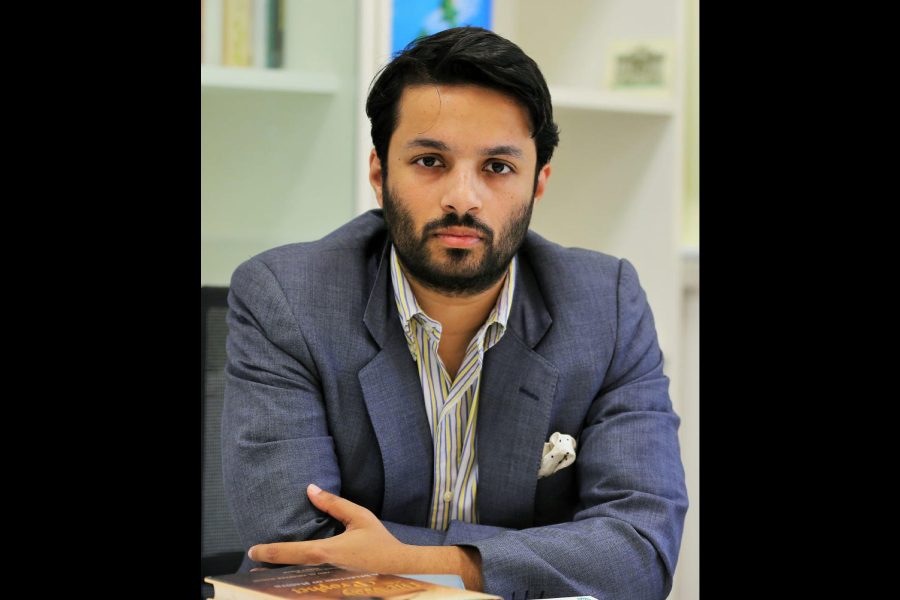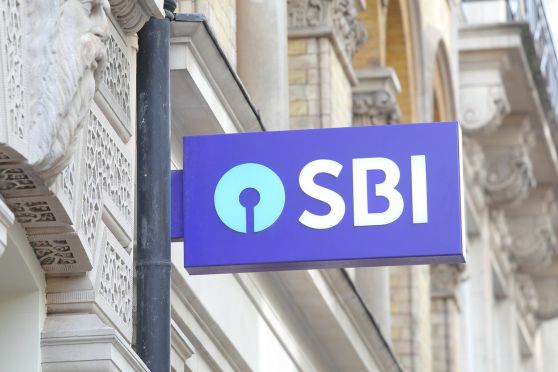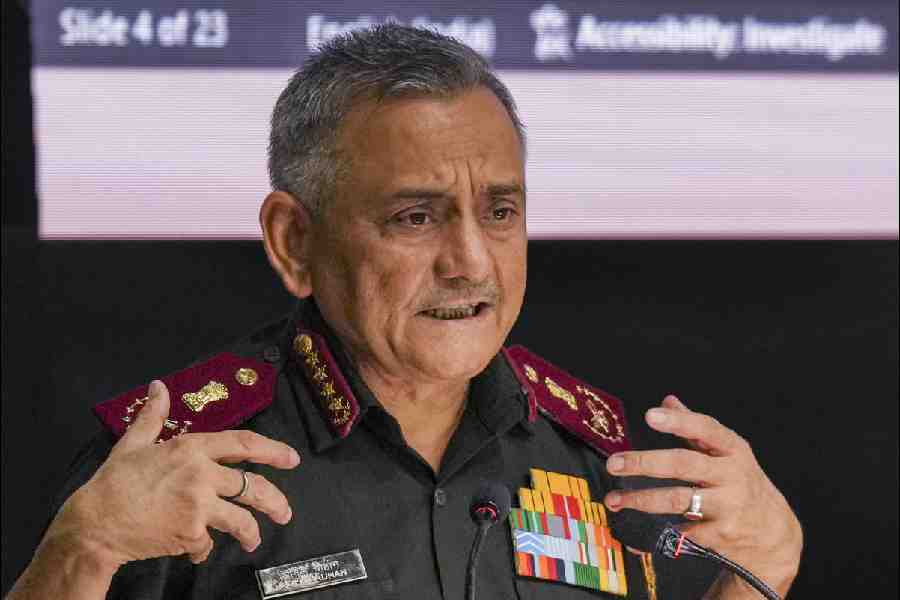 |
Kindergarten student Arshprit Kaur’s journey to school from her Howrah home would start with her father putting her on a small, rickety bus, from where she and other children would be herded into a big, rickety bus standing one km away.
A life-threatening fall through a defective cabin door of the second bus on Monday not only landed the five-year-old in hospital with critical injuries but also brought into sharp focus the risks children in the city face travelling to and from school every day.
Doctors at Calcutta Medical Research Institute said on Tuesday that they were hopeful of Arshprit returning to Shri Shikshayatan soon after surgery to repair a damaged left eye and regular medication for a head injury. The bad news is that there seems to be no immediate cure for the plummeting safety standards of school transport in the city.
“I don’t feel comfortable sending my child to school by bus but I don’t have a choice. Every morning, a small bus takes her and 20 other children to Danesh Sheikh Lane, where the kids queue up in the middle of the road to board a bigger bus. The bus operator employs two or three attendants to manage 150 girls, which is inadequate,” Arshprit’s father, Inderjit Singh Sekhon, told Metro.
The primary problem is lack of accountability. Most schools say the onus is on parents to arrange for the safest mode of transport for their wards.
La Martiniere for Girls, Calcutta Girls’ High School, Calcutta Boys’ School, Birla High School (boys and girls) and Bharatiya Vidya Bhavan are among the institutions that don’t offer school bus services and, therefore, do not accept responsibility for how students reach and leave their institutions.
So when an accident like the one Arshprit was involved in occurs — the driver had sped away while the injured girl crawled under the wheels of passing vehicles on Vidyasagar Setu — schools are quick to lay the blame at the parents’ door.
“A school is responsible for a student from the time he or she enters the campus till the time he or she steps out. Parents have to take responsibility before and after school, including deciding the mode of transport that is best for their children,” said Anindita Chatterjee, the principal of Bharatiya Vidya Bhavan.
But are safe transport options at all available to students of schools that don’t have official buses or those whose parents don’t own cars?
According to an official of the transport department, no “safety audit” has ever been carried out for school buses plying on the streets of the city.
Police say their hands are tied. “If we start checking school buses, we will be accused of harassing children. There is actually little that the police can do. The transport department should frame a separate set of guidelines for school buses so that we can book violators,” said a traffic officer in Lalbazar.
As for pool cars, the government’s attempt to regulate the business has made little headway in two years since a student died in an accident involving such a vehicle.
Rabin Patra, the owner of the bus from which Arshprit fell, said a section of the Shri Shikshayatan staff recommended his firm — Priyanka Travels — to parents seeking “transport suggestions”.
A teacher of a central Calcutta institution said it was “painful” to see students travel by ramshackle private buses, but there was little schools could do about it.
“I was in my car one day when I spotted a school bus taking our students back home near Girish Park. I screamed when I saw a little girl who might have been a kindergarten student almost hanging out of a window. Parents complain to us about the state of these school buses but it’s beyond our jurisdiction to intervene,” she added.
What can be done to improve safety standards of school transport in the city? Tell ttmetro@abpmail.com










